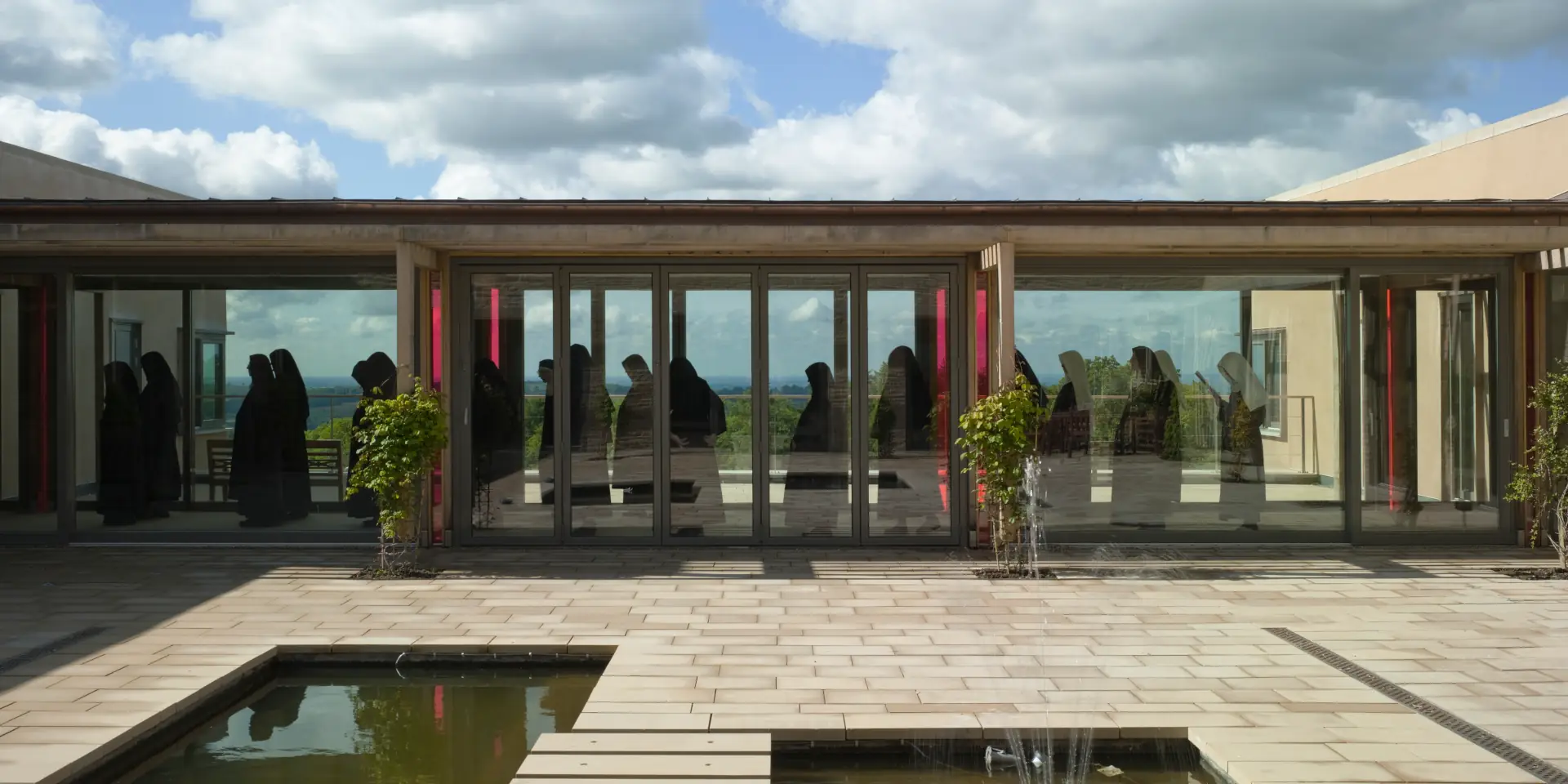Dame Ann Teresa Partington
(1744-1820)
In her eyewitness account, A Brief Narrative of the Seizure of the Benedictine Dames of Cambray, Dame Ann Teresa recalls how in October 1793 twenty nuns and one novice were brutally turned out of their monastery in Cambrai at a few minutes’ notice. They were imprisoned for eighteen months at Compiegne, where four died and the rest nearly starved. They lived in dread of being carted off to the guillotine in Paris, like the sixteen Carmelites who shared their prison for some weeks. Wearing the secular clothes the Carmelites had left in the wash, the Benedictine nuns were eventually released on condition they left for England.
A century later the tribunal assembled at Stanbrook to investigate the cause of the Compiegne Carmelites found Dame Ann Teresa’s record of considerable value. The beatification went ahead in 1906 and what remained of the Carmelites’ cast-offs were authenticated as martyrs’ relics.
A new momentum had been set in force. In the wake of the beatification came an unexpected request to introduce into Brazil full monastic life for women. Brazilian novices trained at Stanbrook were ready in 1911 to found the monastery of Santa Maria, Sao Paulo. From there have sprung fourteen houses in Brazil, Argentina, Uruguay and Chile.
The Compiegne Carmelites have been immortalized in Gertrud von le Fort’s novel, in Georges Bernanos’ script for theatre and cinema, and above all through Poulenc’s popular opera, Dialogues des Carmelites.

